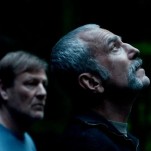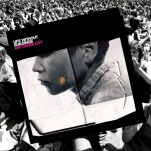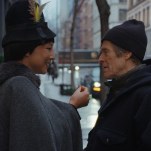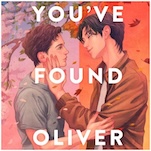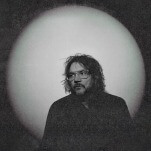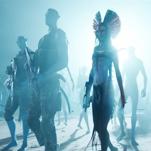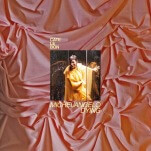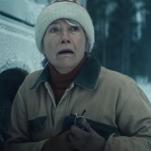The Booky Man: Just say Dr. No
It’s hard to faithfully recall today, even with the shock and shock waves since 9/11, the constant fatalism and paranoia that hung like a pall over America during that long strange trip last century called the Cold War.
Our newest century has been marked by alertness and anger and action. But something closer to resignation held sway in the Cold War years – five minutes from Doomsday was simply the way the world would always be. A mushroom-shaped sword of Damocles would always hang over us.
In the 1950s and early 1960s, folks wore their Mad Men gray flannel suits to work, got blotto for the cocktail hour, then now-I-laid-me-down-to-sleep at night trusting God, Joe McCarthy, Joe DiMaggio, Ike and Mamie, JFK, Howdy Doody, and Richard Nixon. Americans made a game effort of pretending the world they’d lived in since Shiva Night at Alamogordo was normal.
Still, something dangerous always clanged away in the foggy night out there somewhere.
A genre of literature – the spy novel – re-ignited in these years. The form goes back as far as stories by James Fenimore Cooper and Rudyard Kipling, and had an early golden age before World War I, with writers like England’s best-selling author of the time, William Le Queux, and another best-seller named E. Phillips Oppenheim.
By the time of the Cold War, license-to-kill agents had been introduced to fiction by writers like Desmond Cory, while Graham Greene flipped the spy coin to show us the burnt-out cases and ennui on the underside of the spook business. Greene has literary descendants in writers like John LeCarre, whose anti-hero spies imported the despair and treachery of the profession into high literature.
But in the nail-biting 1950s, English writer Ian Fleming introduced the most famous and iconic spy of all, James Bond. Bond then magically made the jump from page to movie screen and in that transformation became a wholly new thing in spy culture – the secret agent as action hero.
Let’s be clear here. The James Bond of Fleming’s novels and the James Bond of Hollywood stand pretty much on opposite sides of a canyon of plausibility.
The film Bond made spying fun and sexy and glamorous. In fact, Bond spawned an entire cultural movement – TV shows like “The Man From U.N.C.L.E.” and the comedy “Get Smart” and “Mission: Impossible” and a mysterious and just plain weird British production, “The Prisoner,” plus a campy, mod Brit landmark, “The Avengers.” Movie Bond inspired songs on the radio and spin-off flics on the silver screen, good and bad, plus endless comic parodies.
These Bond movies, in fact, were important steam valves for letting off the Cold War tension. In a way, Bond provided the era’s equivalent of Bob Hope’s USO tours in our shooting wars. While Bob Hope performed USO shows for the troops and gave them respite from ugly work, James Bond performed for the rest of us as we gathered together in movie theaters by the millions seeking respite from our own ugly Cold War fears.
The very first of the Bond movies, Dr. No, is based on the 1958 book of that name. It’s the sixth title in the Bond series Fleming launched in 1953 with Casino Royale. In the movie, Sean Connery as the original Bond became the suave, unflappable, indestructible, womanizing charmer today universally recognized as Mr. Spy. That figure fit the Cold War ethos perfectly – Bond was Johnny Carson with a shoulder holster, Brando with a British accent and impeccable manners, Elvis with an Oxford education – and no, not Oxford, Mississippi. Cinema Bond was a perfect icon for an age just itching to bust loose from the silent gray suffering of the Cold War.
-

-

-

-

-

-

-

-

-

-

-

-

-

-

-

-

-

-

-

-

-

-

-

-

-

-

-

-

-

-

-

-

-

-

-

-

-

-

-

-

